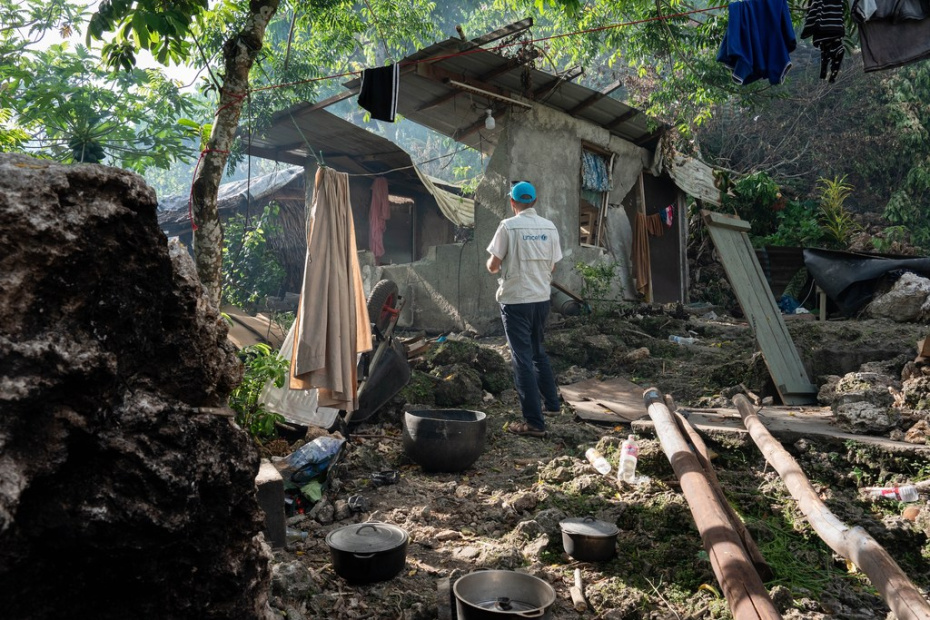Slovak PM Fico on surprise visit to Kremlin
By AFP
December 22, 2024

Kremlin insider Pavel Zarubin posted a short video showing the two leaders smiling and shaking hands - Copyright POOL/AFP Gavriil GRIGOROV
Russian President Vladimir Putin held surprise talks at the Kremlin on Sunday with Slovak Prime Minister Robert Fico, officials said, after he had warned of harsh reprisals against Ukraine over a drone attack.
Fico is one of the few European leaders Putin has stayed friendly with since the 2022 eruption of hostilities with Ukraine.
Russian TV journalist Pavel Zarubin, a Kremlin insider, posted a short video showing the two leaders smiling and shaking hands.
The visit by Fico, whose country is a NATO and European Union member, had not been previously announced. Kremlin spokesman Dmitri Peskov told Zarubin that it had been arranged “a few days ago”.
Peskov did not give details of the talks but said it could be “presumed” that Russian gas supplies would be discussed.
Later Peskov said the meeting had ended and that the two leaders would not make a comment.
Ukraine has said it will not renew a contract allowing the transit of Russian gas through its territory, which expires on December 31.
Slovakia and Hungary, which rely on Russian gas, have raised concerns about the prospect of losing supplies.
Fico ended military aid to Ukraine when he became prime minister again in October 2023, and like Hungarian counterpart Viktor Orban, he has called for peace talks.
He also announced in November that he would go to Moscow in May for ceremonies to mark the 80th anniversary of the end of World War II.
– Putin vows ‘destruction’ –
Earlier Sunday, Putin vowed to bring more “destruction” to Ukraine after a drone attack on Kazan on Saturday.
Videos on Russian social media showed drones hitting a high-rise glass tower block and setting off fireballs, though there were no reported casualties.
Ukraine has not commented on the strike.
But Putin told a televised government meeting: “Whoever, and however much they try to destroy, they will face many times more destruction themselves and will regret what they are trying to do in our country.”
The Kazan strike was the latest in a series of escalating aerial attacks in the nearly three-year conflict.
Putin has previously threatened to target central Kyiv with a hypersonic missile in response to Ukrainian attacks on Russian territory.
And Russia’s defence ministry has called strikes on Ukrainian energy facilities over recent weeks retaliation for Kyiv using Western-supplied missiles to hit Russian air bases and arms factories.
– Russia claims fresh advances –
The threats heightened as Russia claimed fresh battlefield advances in east Ukraine.
The defence ministry said on Telegram that troops had “liberated” the villages of Lozova in the northeastern Kharkiv region and Krasnoye — called Sontsivka in Ukraine.
Krasnoye is close to the resource hub of Kurakhove, which Russia has almost encircled and would be a key step in its efforts to capture the entire Donetsk region.
Russia has in recent months sought to secure as much territory as possible before US President-elect Donald Trump comes to power in January.
The Republican has promised to end the conflict, without specifying how.
Moscow’s army claims to have seized more than 190 Ukrainian settlements this year, as the rival army struggles with manpower and ammunition shortages.
Ukraine on Sunday also accused Russian forces of killing captured soldiers — an alleged war crimes violation.
A video posted by Ukraine’s 110th separate mechanised brigade showed “the shooting of soldiers who surrendered,” Kyiv’s human rights ombudsman Dmytro Lubinets said in a post on Telegram.
Drone footage showed Russians shooting the Ukrainians at point-blank range after they had already surrendered, he said.
AFP could not verify the footage.
Ukraine has made several allegations of war crimes during the conflict.























 Sinclair, David A., and Matthew D. LaPlante. Lifespan: Why we age—And why we don’t have to. Atria books, 2019.
Sinclair, David A., and Matthew D. LaPlante. Lifespan: Why we age—And why we don’t have to. Atria books, 2019.
